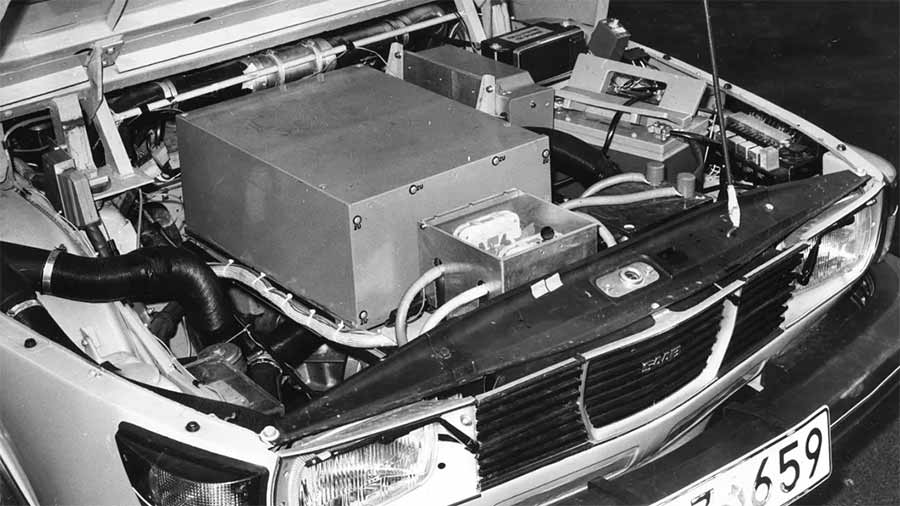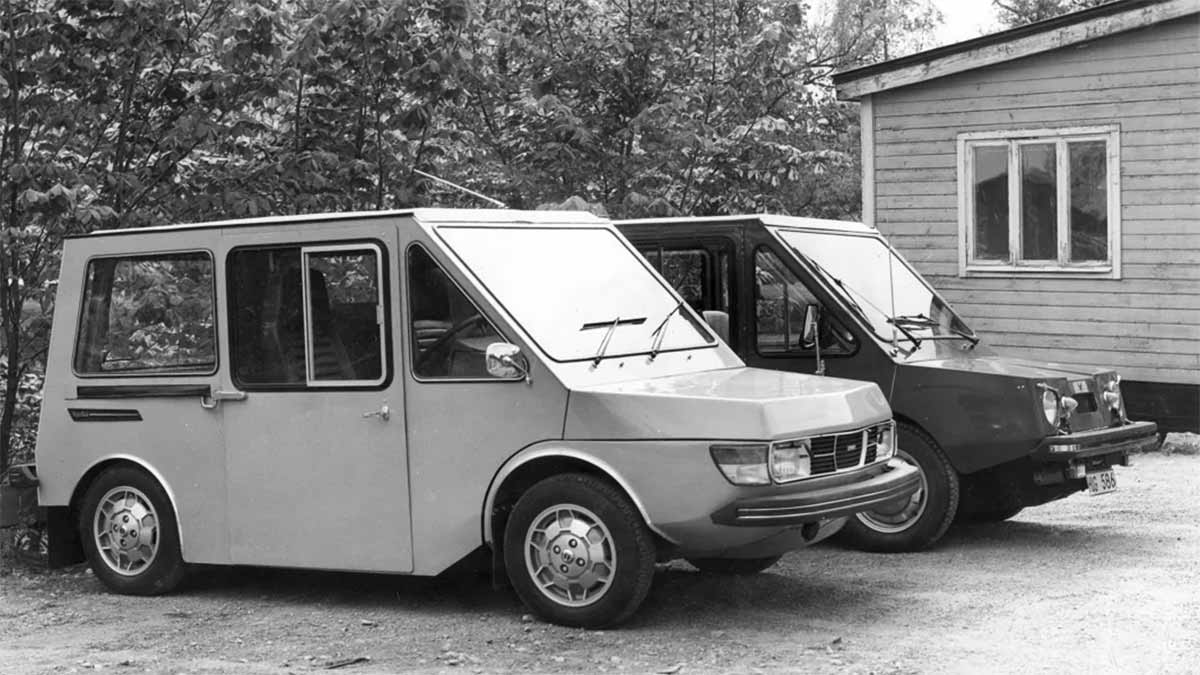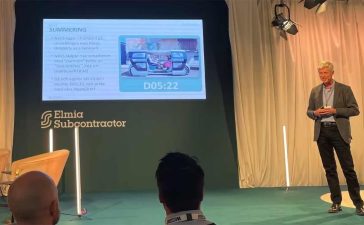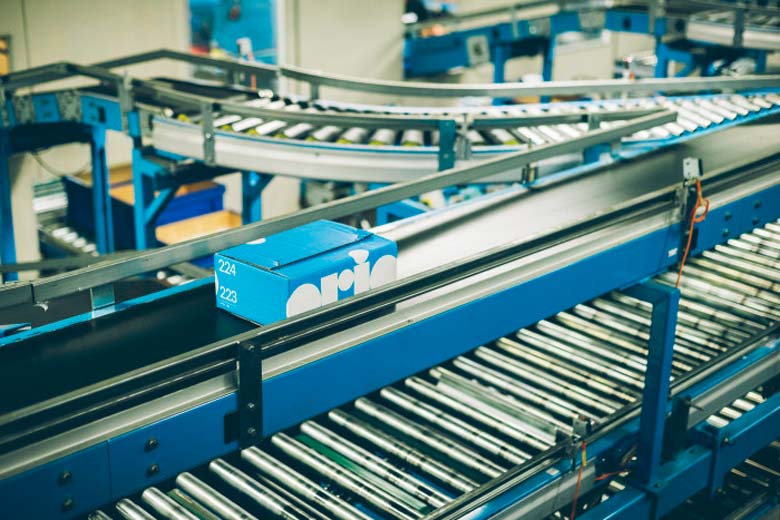National Electric Vehicle Sweden (NEVS) purchased the remains of Saab in 2012 with the goal of turning the brand into an electric-only one. While the brand’s heritage is rooted in turbocharged racing, Saab has also dabbled in battery-powered drivetrains (and that, more than once). In fact, there’s even an experimental electric mail delivery van on display in the official Saab museum.
The prototype looks similar to a Saab 99 when viewed from the front and features soccer ball-style alloy wheels seen on several of the brand’s models during the 1970s. However, the museum’s curator has stated that this electric van was built in Linköping, Sweden by the company’s defense and plane-making division, not its car-building division in Trollhättan.
The Saab 99 electric van, based on the classic Saab 99 car from the 1970s, is a unique and innovative vehicle that combines the best of both worlds: the classic design and performance of a Saab with the that time modern technology of an electric powertrain.
First introduced in the middle of the 1970s, the Saab 99 was a popular car known for its sleek design, advanced technology, and impressive performance. The electric van version of the Saab 99 builds on this legacy, offering a durable and reliable vehicle that is perfect for both personal and commercial use.
Saab engineers began working on this project in the early 1970s, around the same time that archrival Volvo launched its own experiments in the field of electrification. The goal was to create a short-range electric distribution van that could be used by Sweden’s postal service. Two prototypes were built in 1975 and 1976, including the one on display in the museum. Each had a low-speed driving range of about 40 miles. However, many of the technical specifications have been lost to history, partly because the car-building division in Trollhättan did not approve of the van and wanted nothing to do with it.

Examining the interior and undercarriage of the prototype, one can see a bulky lead-acid battery pack integrated into a tray that can be pulled out from the back after flipping up the panel onto which part of the rear bumper was mounted. This layout was relatively common in early electric prototypes, like the Volkswagen Bus that was developed in 1972 and tested in select German cities. Recharging the battery pack took hours, so swapping it out was considered the more practical alternative.
The van features a mix of custom-built and off-the-shelf components, including some parts borrowed from the Saab 99. The van was tested extensively and its odometer reads about 7,000 miles, but ultimately remained a prototype. Saab largely stayed away from electrification until under the NEVS umbrella it displayed a one-off electric 9-3 in 2014. Series production started in 2017, but it’s unclear how many vehicles the firm has built since.
It’s interesting to note that Saab was ahead of its time with its experimentation in electric drivetrains. While the prototype may not have been successful, it’s clear that the brand has a history of innovation in the field of electric vehicles. With NEVS at the helm, it will be exciting to see what the future holds for the electric-only Saab brand.
Although, after a little more than 10 years since NEVS took over the legacy of Saab, there are no new vehicles, and it all boils down to experiments in the domain of a new direction of “future mobility” based on vehicles similar to this Saab debut from the 1970s. But their prototype SANGO is intended to be driverless, with electric and fully autonomous driving.











